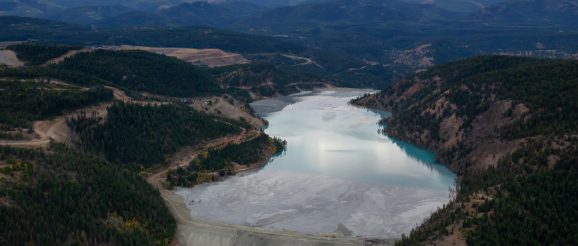Canada’s Oil Sands Innovation Alliance releases reports showcasing the latest in environmental research

Originally published by Finance Yahoo.
Calgary, AB — Today, Canada’s Oil Sands Innovation Alliance (COSIA) released a suite of research reports summarizing 100 research projects related to the areas of land, water and tailings. The reports highlight research essential to advancing cleantech in the oil sands.
There are four research reports in total – one focused on water, one focused on tailings, with two reports focused on land related to in situ (in place) and mining operations, respectively. The research reports, published on COSIA’s website, are available to the public and, in particular, academics and innovators working in the space of environmental innovation.
The reports summarize a variety of oil sands environmental research projects and findings. The land research reports summarize knowledge related to areas such as soils and reclamation materials, revegetation and environmental research and monitoring. A focus for in situ operations is seismic footprint reduction with several research projects underway to explore different technologies that can minimize land disturbance.
“COSIA members work to advance a range of different innovations around land management projects, like the competition we launched earlier this year seeking technologies that reduce the impact of oil sands seismic activities. The initiative is part of our multi-year woodland caribou research and conservation efforts,” says Jack O’Neill, COSIA’s Director, Land.
The water research report features projects that support minimizing impacts from oil sands mining operations on the Athabasca River watershed. There are 11 active projects around water treatment, one of which looks at SolarPass, a novel technology developed by H2nanO, a start-up company based in Ontario. The technology uses titanium-dioxide nanoparticles and sunlight to treat dissolved organics in oil sands process water.
John Brogly, COSIA’s Director, Water says, “A key area of focus in our research is pit lakes. In fact, pit lakes planned for the oil sands mining sector are the most thoroughly researched pit lakes on earth with testing done on different scales, ranging from the size of a small swimming pool to an area of eight sq. kilometres.”
The tailings research report highlights recent progress and work in tailings management—from literature reviews and laboratory projects to large demonstration and commercialization programs. One of the research projects, nicknamed “Bugs and Veggies”, is an outdoor growing trial aimed to determine if combining bacterial communities with native plant species might result in technology that enhances the ability of plants to remove water from tailings.
Lucas Barr, COSIA’s Director, Tailings says, “Our members are actively developing new and improved technology to mitigate the accumulation of fluid tailings—fine particles in tailings ponds. The goal is to reduce the time frame required to achieve a reclaimed landscape.”
COSIA members are working to accelerate the pace of environmental performance in the oil sands by sharing expertise, resources, technologies and even intellectual property. The research reports are just one example of the innovative and collaborative work underway through COSIA.
The post Canada’s Oil Sands Innovation Alliance releases reports showcasing the latest in environmental research appeared first on Mining Software – Technical Assurance, Resource & Mineral Governance.
